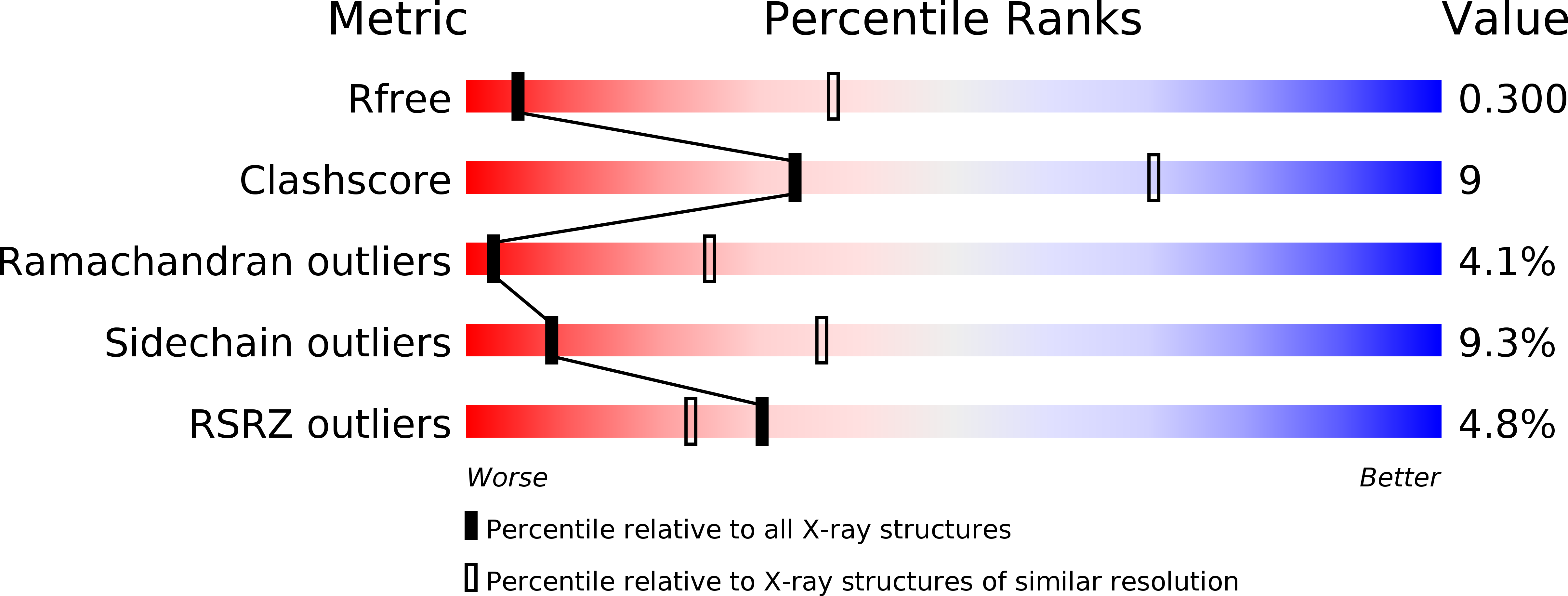
Deposition Date
2011-11-07
Release Date
2012-12-05
Last Version Date
2023-09-13
Entry Detail
PDB ID:
3UJ3
Keywords:
Title:
Crystal Structure of the synaptic tetramer of the G-Segment Invertase (Gin)
Biological Source:
Source Organism:
Enterobacteria phage Mu (Taxon ID: 10677)
Host Organism:
Method Details:
Experimental Method:
Resolution:
3.51 Å
R-Value Free:
0.28
R-Value Work:
0.25
R-Value Observed:
0.25
Space Group:
P 62 2 2


